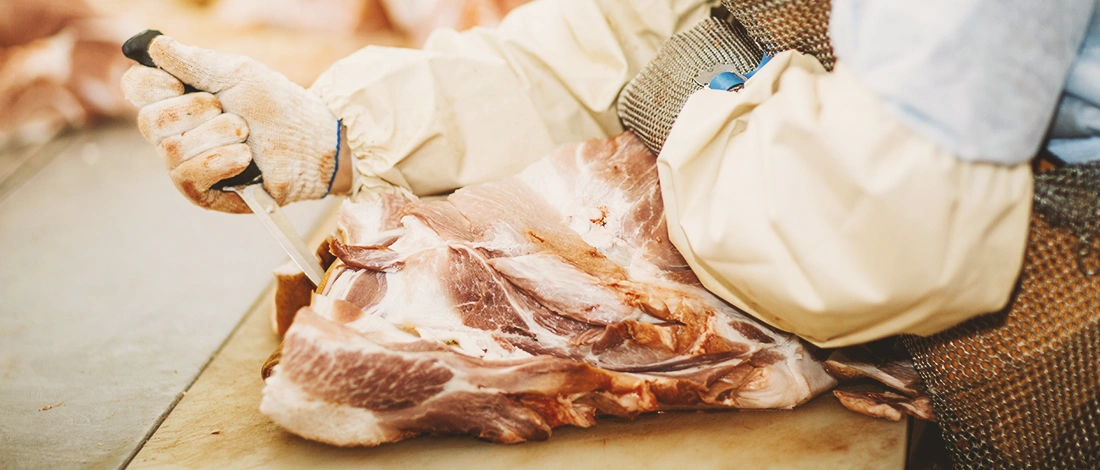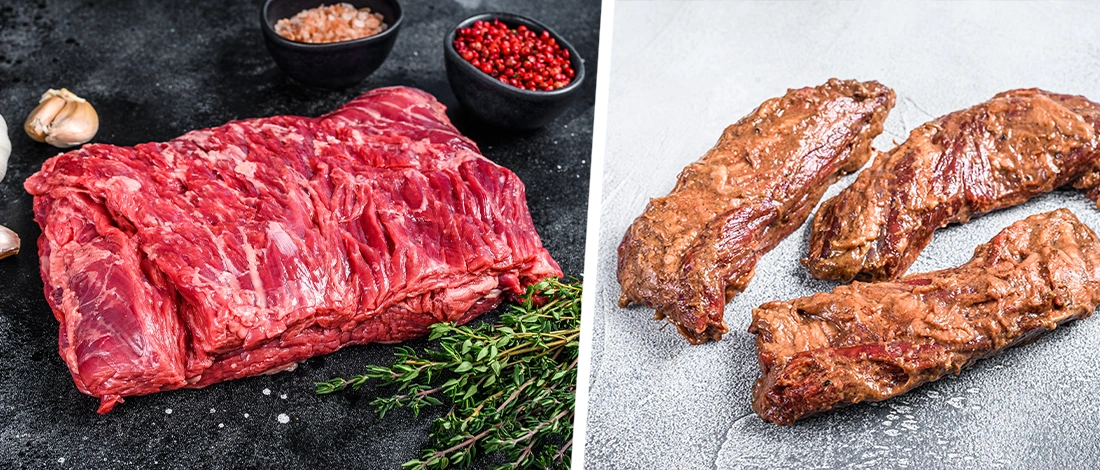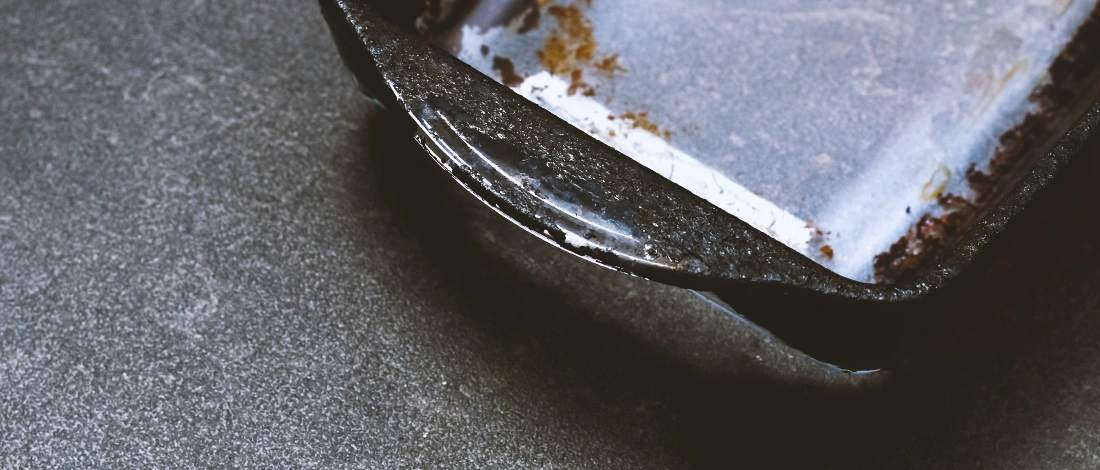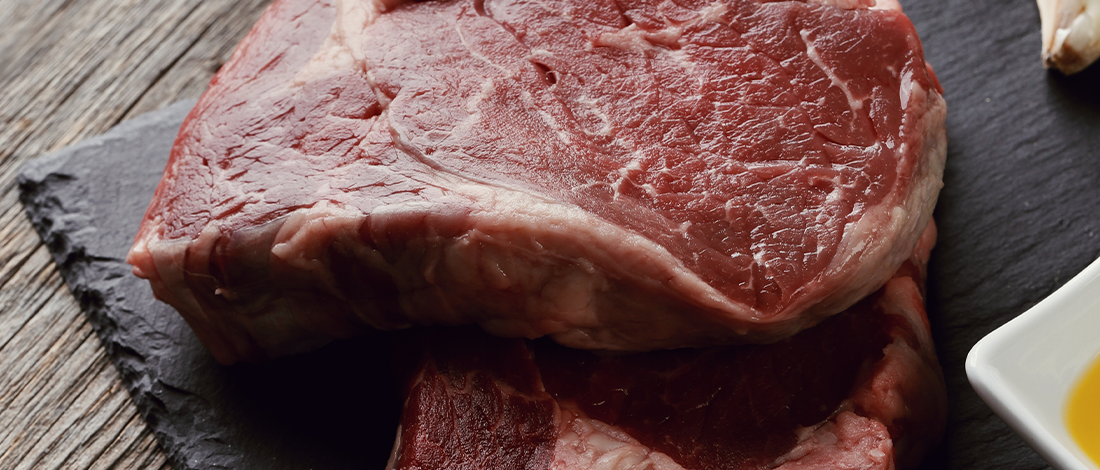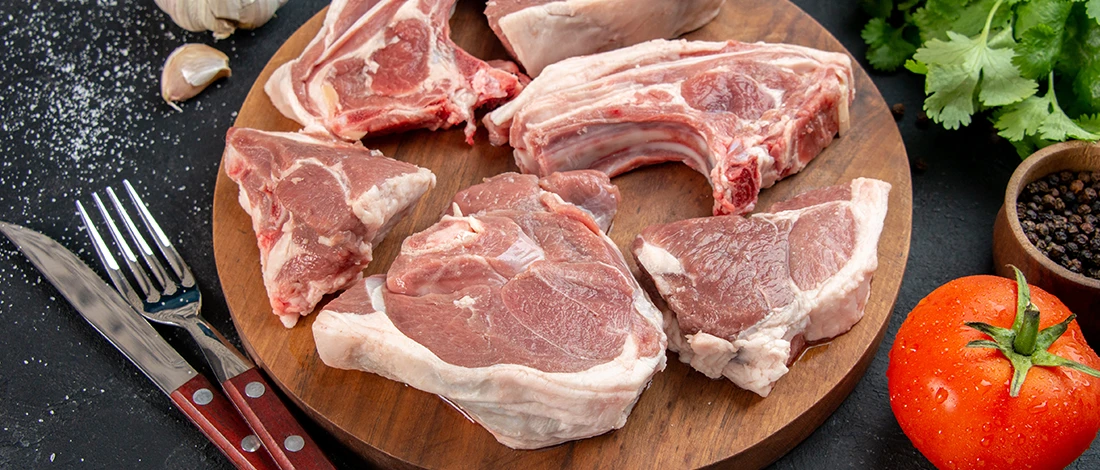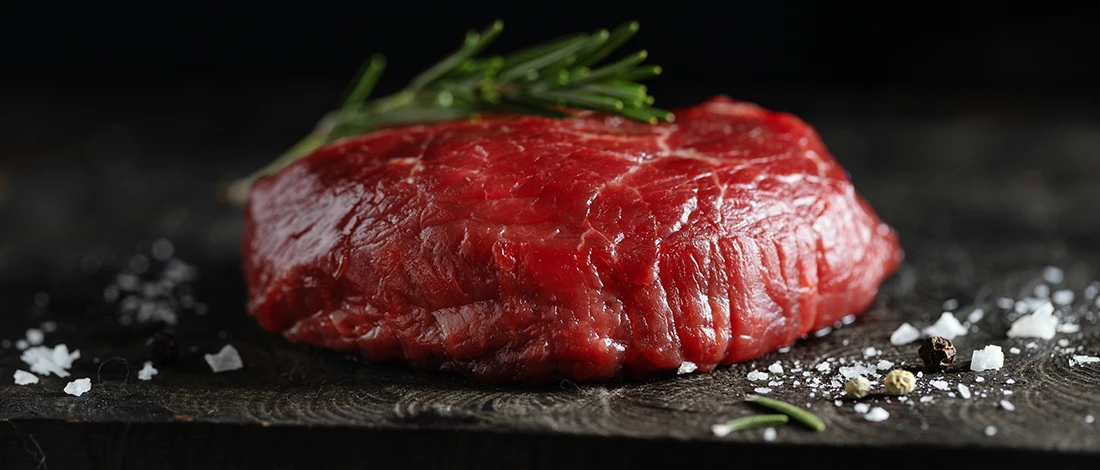We've all been disappointed when the first bite of smoked brisket turns out to be a tad bitter. Could it be the cut of meat, or was it the smoking process? Let's take a look at what meat smoking experts say causes bitterness and, more importantly, what we can do to avoid it.
Quick Summary
- The main reasons smoked meat tastes bitter are incorrect smoking methods, creosote formation, and spoiled meat.
- Creosote, a chemical that forms when there's insufficient ventilation during smoking or when using wet or unseasoned wood, imparts a bitter taste to the meat.
- Spoiled meat can also taste bitter; color, texture, and odor can help determine if the meat is fresh or not.
Incorrect Smoking Methods Can Make Meat Taste Bitter
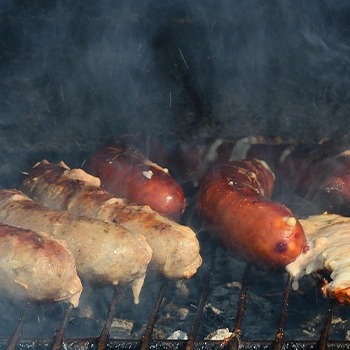
In an interview with Aaron Franklin, one of America's favorite pitmasters and a two-time winner of the James Beard Award, Franklin said a common mistake many people make is trying to rush the process.
We need to prepare for smoking meat; this means making sure you have enough time for the cut you want to cook.
Additionally, wood and how you burn it will ultimately impact the taste of your meat [1,2]. If there's too much smoke, you won't get the ideal smoky flavor for your meat.
"We're relying on wood in barbecue for heat and flavor, so picking the right piece of wood is important.
Wood is also important because you could burn really dirty fires, an incomplete combustion, you could choke off the air, you could get bad chemicals out of the stuff." [3]
Of course, you'll want to know what wood is the best for smoking. According to the Masterclass and Aaron, there are six types of wood that you can explore to find the flavor and heat you need:
- Alder for fish or poultry
- Maple for chicken or vegetables
- Pecan for ribs, fish, or poultry
- Fruit (cherry wood etc.) for pork, fish, or poultry
- Oak for red meats that require long cooking times, brisket, etc.
- Hickory is your second option for red meats
Using a quick-burning wood like pecan to smoke tougher red meats can be another reason your meat has a bitter taste. Make sure you use the correct fuel for the dish you want to prepare [4,5].
Creosote Gives Smoked Meat A Bitter Taste
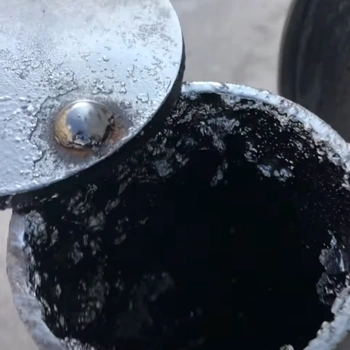
One of the chemicals Aaron referred to above is most probably creosote.
When there isn't enough ventilation during the smoking process, too much smoke settles on the meat's surface, creating a chemical reaction that results in creosote formation.
Wet or unseasoned wood is another risk factor for creosote build-up [6].
Another form of creosote you should be aware of is the manufactured oil used – amongst other things – to preserve the wood.
For this reason, you shouldn't use wood from unknown sources for cooking or as a heat source; you might not be aware that it was previously treated with chemicals.
Burning chemically treated wood can be harmful to your health [7,8].
Smoked Meat Can Taste Bitter If It Has Gone Bad
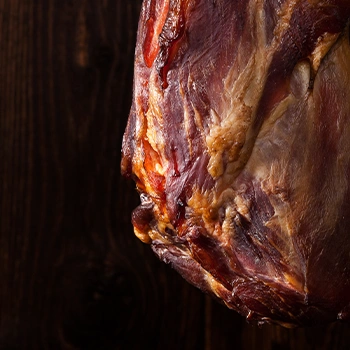
Most of the time, it is pretty easy to tell when the meat has passed its expiry date.
You usually spot a package of spoiled steak pretty quickly – and if you didn't, the smell alone would be enough to make your stomach turn.
However, there are many times when uncertainty will drive you nuts.
It might look fresh, but there is just a hint of a smell that makes you think twice before putting the brisket in the smoker. Or the meat seems a little pale but has no funky smell. So, how do we know for sure?
Some meats can have a slight odor, which is normal especially matured steak, but if the smell is sulfuric, that is not what you want.
Generally, the color and texture of the smoking meat should indicate if it is fresh or not. Livestrong says to avoid meats with green or gray undertones [9].
According to Healthline, two types of bacteria cause the meat to go bad:
- Spoilage bacteria
- Pathogenic bacteria
"Spoilage bacteria are generally not harmful but cause food to lose quality and develop a bad odor and taste.
On the other hand, pathogenic bacteria are dangerous, as they can lead to food poisoning. Furthermore, spoilage makes it more likely for them to be present in your food." [10]
Tips To Avoid Bitter Smoked Meat

Now that we understand the three main aspects that impact the taste of smoked meat, we want to make sure to avoid these mistakes at all costs.
We'll leave you with the top tips from the pitmasters to create a beautifully flavored dish every time.
- To avoid creosote accumulation on the smoke meat, wrap it in aluminum foil – this is also helpful to keep tough cuts like brisket moist and not over smoke the meat.
- A charcoal smoker is an alternative; however, you'll need between two and three wood pieces to get that smokey goodness.
- When you're cooking with thick white smoke, you're probably going to have a bitter dinner. Ensure a beautiful thin blue smoke; this means that you're smoking clean.
- Don't put too much wood (or coals) in the firebox . Make sure there is enough space for good airflow. The smoke should pass over the meat and out the smokestack or vent.
- Remember to use the correct wood for the meat you want to cook. Experiment with the different options; you'll find what works best for your setup.
- Make sure you use fresh good quality meat and make time to prepare the cut properly (trimming, spices, etc.)
- Use a thermometer to make sure food is cooked correctly according to food safety guidelines [11].
References:
- https://www.foxnews.com/food-drink/americas-most-influential-bbq-pitmasters-and-personalities
- https://www.jamesbeard.org/awards/search?categories%5BRestaurant+%26+Chef%5D=1&ranks%5BWinner%5D=1&year=&keyword=AARON
- https://andrewzimmern.com/5-questions-aaron-franklin/
- https://www.masterclass.com/articles/how-to-select-smoking-woods#how-to-source-smoking-woods
- https://youtu.be/ucUy1k86GdA
- https://extension.missouri.edu/publications/g1731
- http://cameo.mfa.org/wiki/Creosote_oil_(coal_tar)#:~:text=Creosote%20has%20also%20been%20used,%2C%20marine%20pilings%2C%20and%20shingles
- https://www.epa.gov/ingredients-used-pesticide-products/creosote
- https://www.livestrong.com/article/550357-what-happens-if-you-cook-meat-after-it-has-gone-bad/
- https://www.healthline.com/nutrition/ways-to-tell-if-ground-beef-is-bad
- https://www.health.state.mn.us/people/foodsafety/cook/cooktemp.html#:~:text=Note%3A%20There%20are%20three%20important,a%20thermometer%20to%20check%20temperatures.

